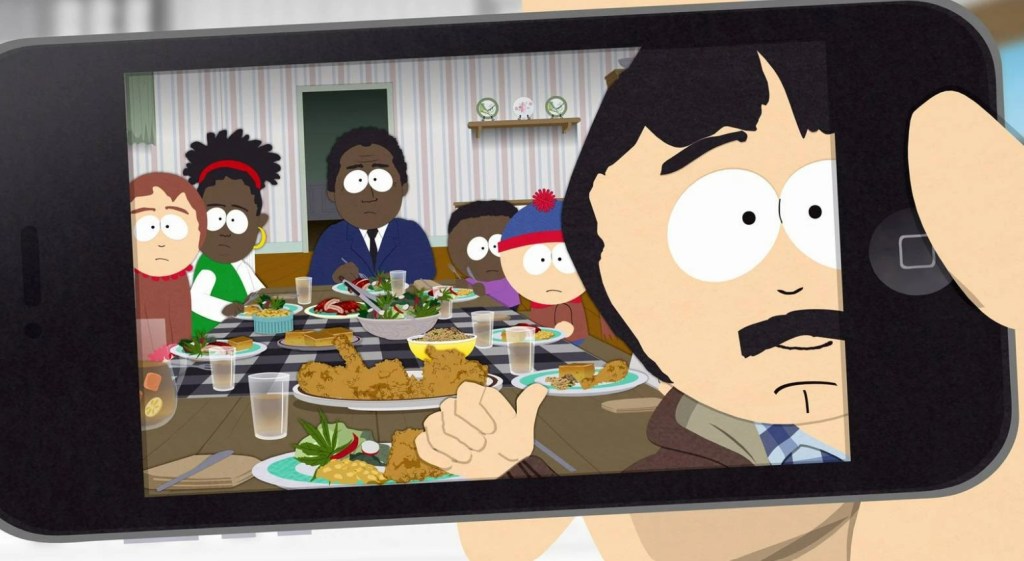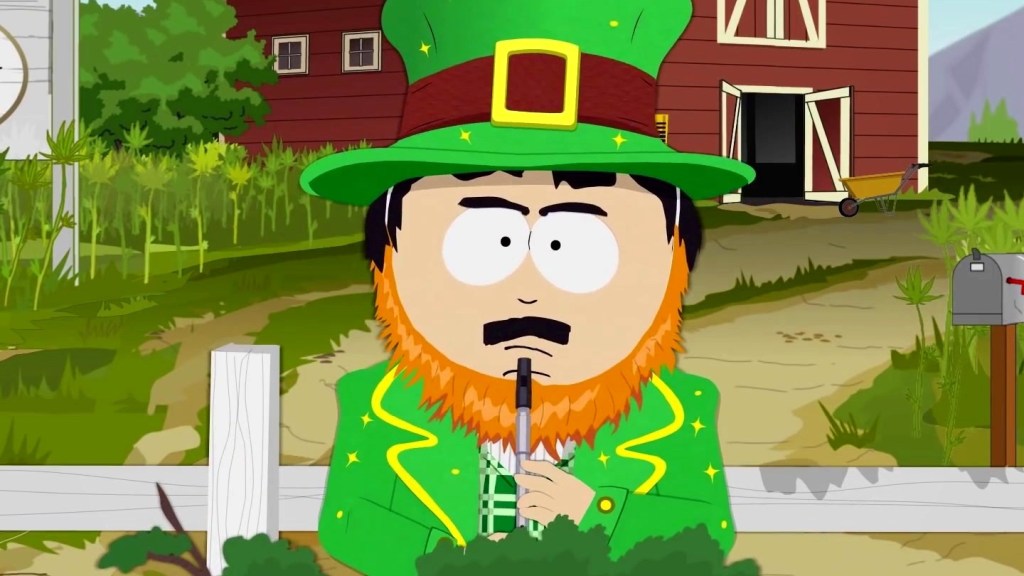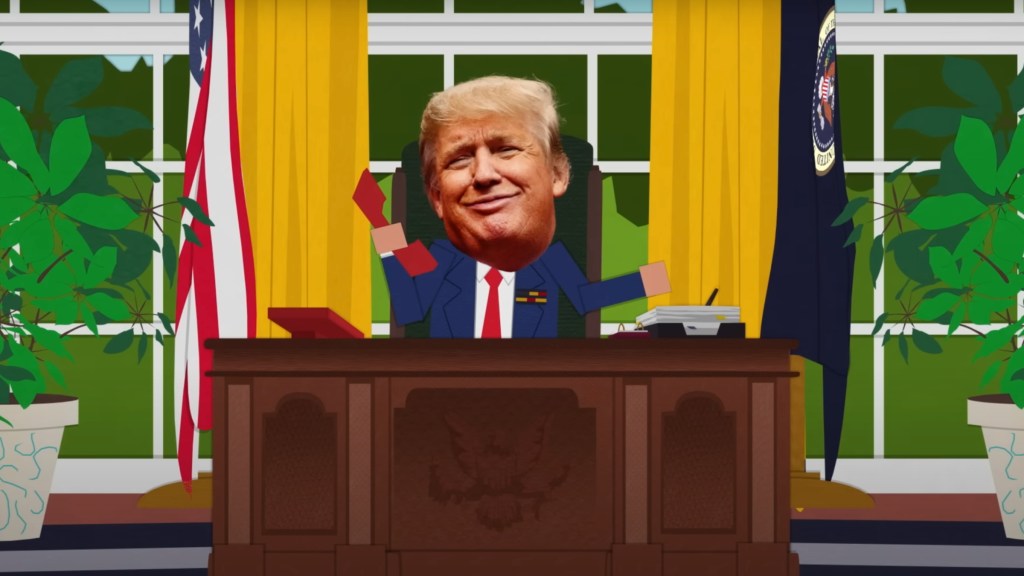Few animated shows have managed to stay as sharp, satirical, and consistently funny as South Park. Trey Parker and Matt Stone’s series has been on the air since 1997, and nearly three decades later, it’s still tackling social issues with the same biting humor and fearless commentary that first made it a cultural force. Over the past five years, South Park has taken on everything from the pandemic to generational divides, gentrification, consumer culture, and society’s inability to accept change.
Videos by ComicBook.com
With so much great material in the mix, it’s worth looking back at the recent episodes that stand out. Though the seasons have shortened since 2020, the stories are still sharp. So, with that in mind, we’ve compiled the seven episodes of South Park that — we think — are the best between 2020 and 2025. And if you haven’t seen season 27 yet, be warned, spoilers ahead!
7) “The Pandemic Special”

Now, although this is mainly focused on specific episodes in the last 5 years, there is no way we could ignore the big C-word of 2020. When South Park dropped the Emmy nominated “The Pandemic Special” in September 2020, fans were wondering how Parker and Stone would tackle one of the most surreal moments in modern history. True to form, the duo delivered a razor-sharp episode that managed to lampoon both the absurdity and the tragedy of the COVID-19 pandemic.
The episode sees Randy Marsh trying to capitalize on the global crisis by selling his own “Pandemic Special” strain of marijuana, while the kids struggle to adjust to socially distanced school life and police officers double as teachers. The mix of humor and cultural commentary is on point, with South Park mocking everything from toilet paper shortages to the way public institutions buckled under pressure.
This episode landed particularly well because it showcased the chaos and confusion of 2020 better than many serious portrayals ever could. Let’s face it, people literally went stir-crazy. And who better to capture that than Stone and Parker? It was also the highest-rated South Park episode in over seven years, drawing over 4 million viewers. “The Pandemic Special” stands as both a time capsule and a reminder of how the series can adapt to the moment without losing its comedic edge.
6) “Back to the Cold War” (Season 25, Episode 4)

Released in 2022, “Back to the Cold War” feels eerily prophetic. The episode centers on Mr. Garrison being called back into teaching, Mr. Mackey’s wild paranoia, and Butters facing off against Russia in a bizarre horse dressage competition. Meanwhile, the parents are swept up in paranoid anxieties about global conflict and pin all their hopes on young Stotch in a weird reflection of USA beating Russia.
This entry exemplifies how South Park thrives on the population’s ability to over-exaggerate situations into very real fears. As tensions between the U.S. and Russia grew in real life, Parker and Stone used Garrison’s bumbling presence to remind viewers of the cyclical nature of history. The Cold War might be over, but political posturing and global instability continue to dominate headlines.
The episode demonstrates South Park’s uncanny ability to be both absurd and unsettlingly relevant. And while fans’ reviews of the episode was mixed, the balance of reality and silliness is exactly why it earns a spot on this list.
5) “The Big Fix” (Season 25, Episode 2)

If there’s one thing South Park has always been great at, it’s holding up a mirror to society’s uncomfortable hypocrisies. “The Big Fix” does exactly that by diving into diversity, and the idea of performative allyship.
In the episode, Randy Marsh realizes he is losing customers because consumers are demanding products grown and sold by people of colour. In a bid to save his business, he invites Tolkien Black and his family over for dinner and offer Steven Black (Tolkien’s dad) a partnership in Tegridy Farms. What unfolds is a biting critique of how businesses exploit people of different backgrounds in order to make money, and how many white allies — no matter how well-meaning — inadvertently help this.
As well as Randy’s storyline, the episode also cleverly addresses the backlash they had begun to receive from Stan’s friend’s name, revealing that his full name is actually “Tolkien” (after J.R.R. Tolkien), and not “Token” as everyone assumed. This revelation is some satirical gaslighting of the audience, turning it back onto them in a sarcastic “I can’t believe you thought his name was Token!” moment. Ironically, the reason he was originally called Token was because the show was laughing at itself for creating a predominantly white-charactcer show, and highlighting those yelling about tokenism that could take white people’s “jerrrbs”.
By forcing viewers to reexamine long-standing assumptions, “The Big Fix” cemented itself as one of the smartest episodes of recent years.
4) “Japanese Toilet” (Season 26, Episode 3)

“Japanese Toilet” is one of those South Park episodes that on the surface, is absurd, but beneath the silliness lies one of Trey Parker and Matt Stone’s most effective satirical punches in years. The humor works on multiple levels. There’s the immediate snobbery moment of Randy treating a toilet like a piece of fine art, bragging to neighbors as though he’s entered high society. This is a great mirror to how people fetishize goods based on their financial cost, rather than accept their functionality. And the only reason they’re so expensive is because of import costs.
The environmental subplot add another layer. The toilet paper industry becomes a stand-in for entrenched American corporations that resist change, even when alternatives are clearly superior. It highlights that profit margins and cultural habits matter more to businesses than innovation or sustainability (shock horror!).
Ultimately, the episode is funny because it’s ridiculous. It manages to make a toilet both hilarious and socially significant, which is about as South Park as it gets. It’s a perfect example of the show’s ability to take an everyday object and turn it into a vehicle for biting satire.
3) “DikinBaus Hot Dogs” (Season 26, Episode 5)

In “DikinBaus Hot Dogs,” Cartman and Kenny start their own hot dog stand, hoping to make money. Of course, Eric wants to do this without any real work or spending any money, so convinces Butters to invest, and essentially takes advantage of his friend. Predictably, things spiral into chaos as Cartman’s incompetence, greed, and laziness clash with the realities of small business ownership. Cartman spends all of Butters’ money on trinkets for himself, leaving the restaurant in real financial trouble.
The episode plays like a parody of the American dream propaganda — the idea that anyone can succeed if they just work hard enough. Whereas in reality, the most successful business are usually built on the backs of the exploited. Cartman’s half-baked scheme exposes how boned a business is if the person running it has no experience or interest in working hard, especially in a society that often punishes failure harshly.
What makes this episode particularly strong is Butters winning against Cartman for once. He comes in and takes over, to protect his investment and make the hot dog stand a success. He even makes enough money to get Cartman’s house back, which devastates Cartman
2) “The Credigree Weed St. Patrick’s Day Special” (Season 25, Episode 6)

Few recent South Park episodes capture the show’s blend of topical humor and character-driven chaos as well as “The Credigree Weed St. Patrick’s Day Special.” In the episode, Randy continues to grow his marijuana empire, only to find Tolkien’s dad is taking his customers. Outraged, Marsh accuses Steven Black of cultural appropriation, claiming that St. Patrick’s Day is “the only white holiday left”. It hasn’t crossed his mind that — as an American, he is also appropriating Irish cultural heritage. Meanwhile, Butters becomes the center of a controversy when his traditional pinch leads to accusations of sexual harassment.
The episode manages to juggle cancel culture, performative outrage, and the commercialization of holidays without ever losing its comedic energy. Through Randy, the story holds up a mirror to the double-standards many people live by when it comes to making money or thinking they’re losing out.
This episode showed Parker and Stone at the height of their cultural commentary powers, and it’s hard to disagree.
1) “Sermon on the Mount” (Season 27, Episode 1)

When South Park returned for its 27th season, Trey Parker and Matt Stone wasted no time in reminding audiences why the show has endured for nearly three decades. “Sermon on the Mount” is both outrageous and razor-sharp, blending absurd humor with biting political commentary in a way that only South Park can pull off.
The public reception was enormous. Nearly 6 million viewers tuned in across Comedy Central and Paramount+ within three days, making it the most-watched season premiere since 1999 and a 68% jump from Season 26’s opener. Critics praised the episode’s boldness, calling it a fearless attack on Trump and corporate power. Not surprisingly, the White House dismissed it as “outdated” and “desperate,” which only fueled more buzz around the episode’s audacity.
This episode deserves the top spot because it is an example of what Matt Stone and Trey Parker do best. It’s hilariously crude with graphic gags about Trump, Jesus being a corporate stooge, and exaggerated PSA parodies. But beneath the surface, it’s an incisive satire of media monopolies, political propaganda, and blind allegiance to power. Even its self-referential shots at Paramount+ prove the show is willing to bite the hand that feeds it. By skewering Trump, religion, and corporate interests all at once, “Sermon on the Mount” cements itself as one of the funniest and most daring South Park episodes in years.
Which are your favorite South Park episodes since 2020? Let us know in the comments!








